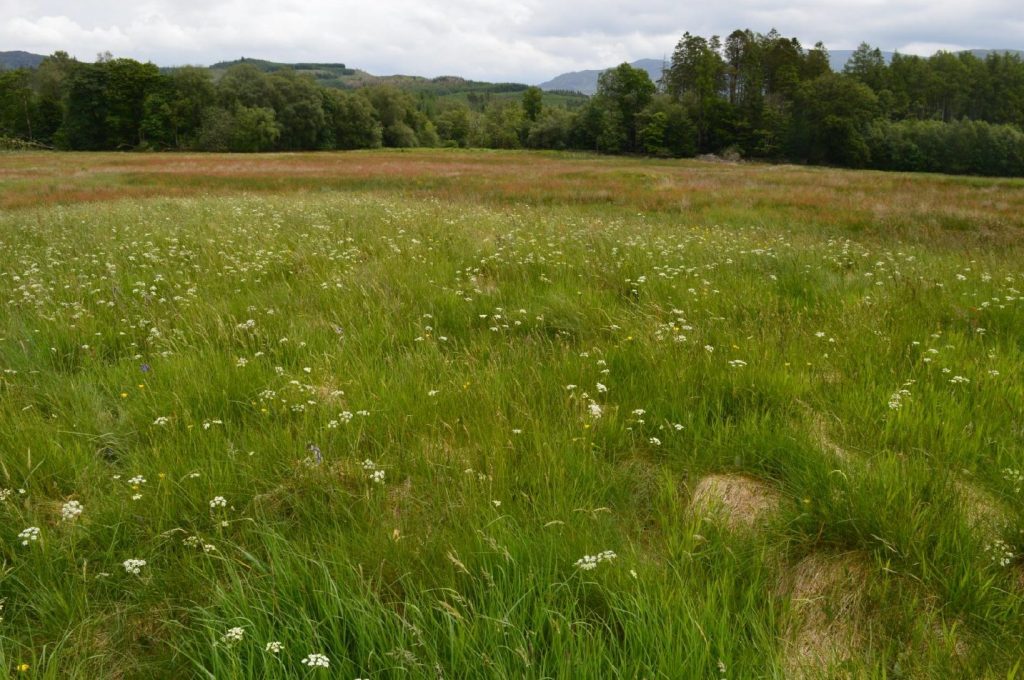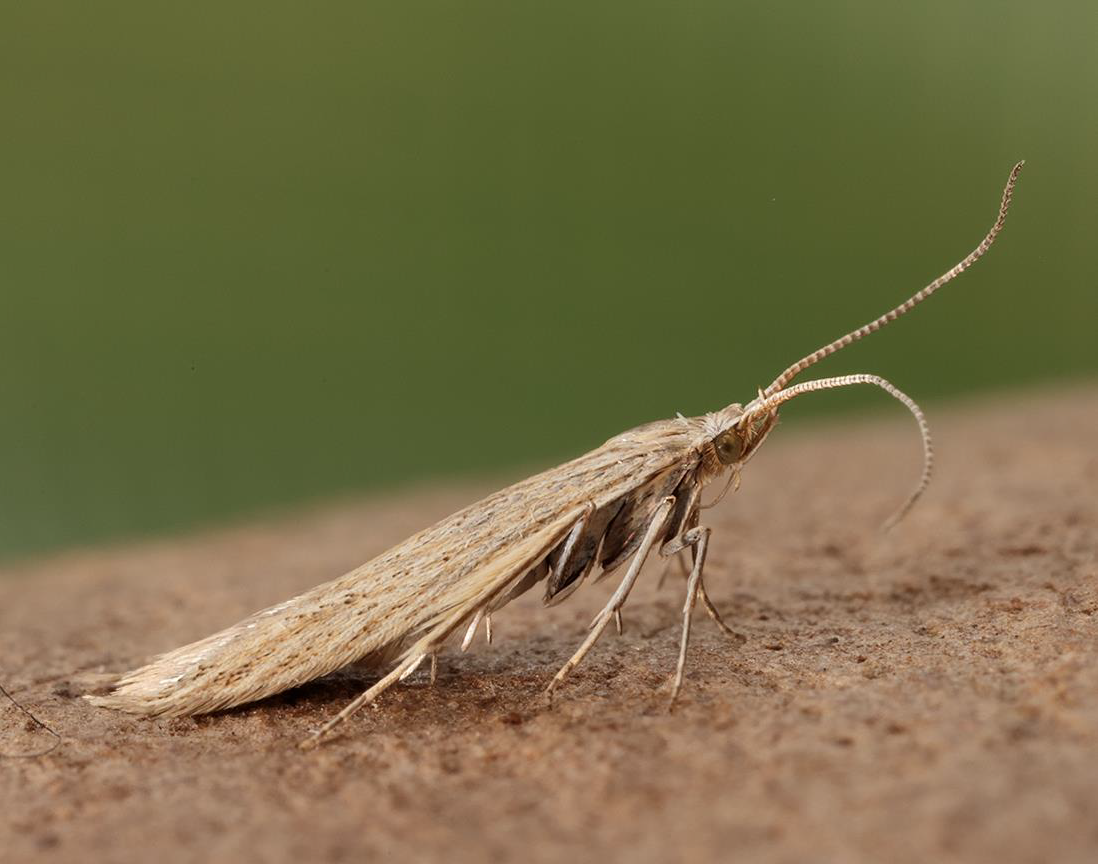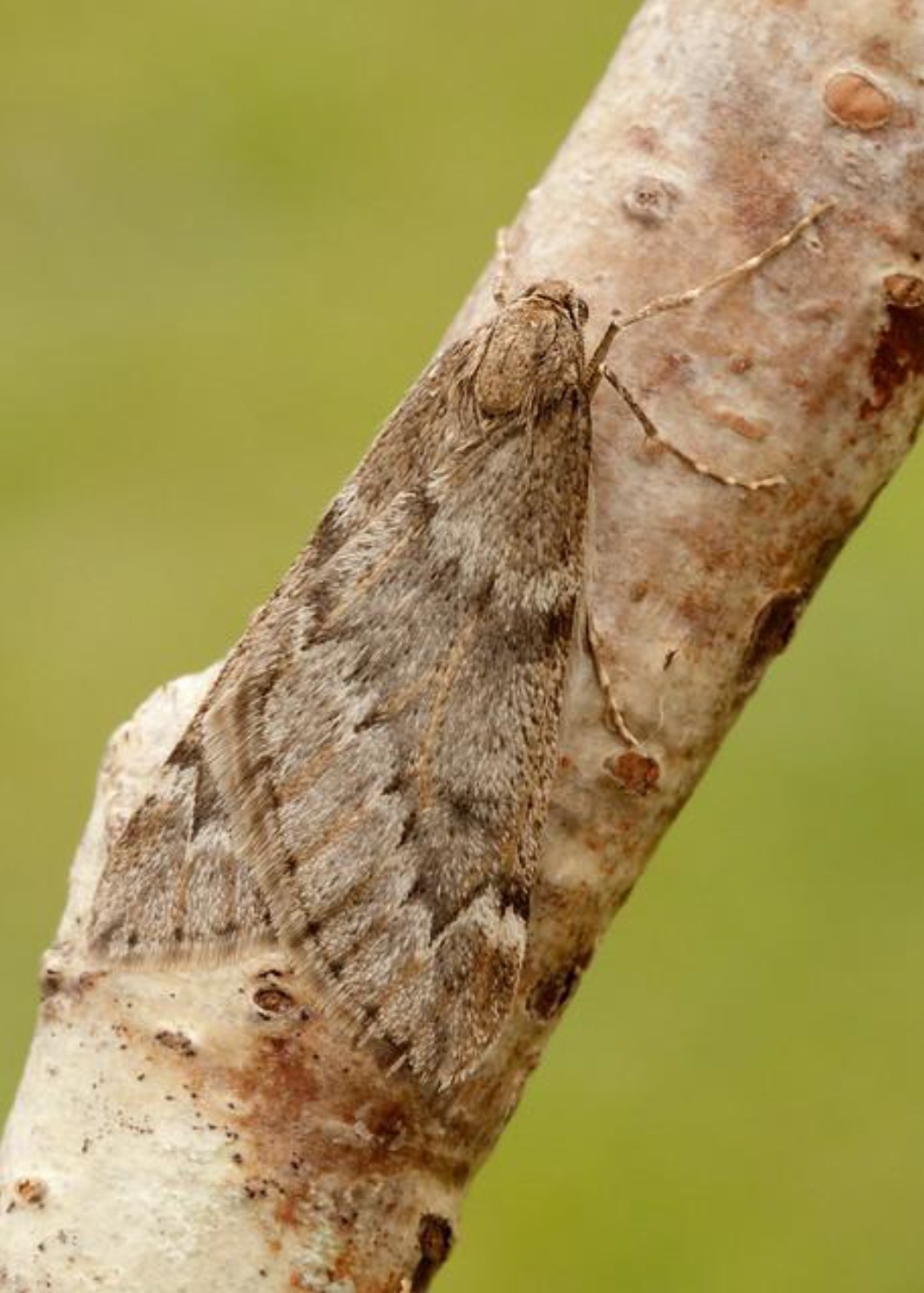
This beautiful and unmistakable metallic green-blue day-flying moth is a relative of the burnet moths but has a very restricted distribution in Scotland. It is found in the south-east corner of Kircudbrightshire and in the coastal area of Argyll around Oban with a few records from some of the nearby islands such as Islay and Mull. Elsewhere in the UK it has been widespread but is clearly in decline being absent from many of the more central areas of England. There are over 100 D&G records with some seen in most years although from relatively few sites.
Despite its name it is not a moth of forests but of open, unimproved, flower-rich grasslands. One such site has been discovered this year near Glentrool where 40 moths were seen on one day. This field is a long way west and north of the known sites and shows that there could be many other places where this important moth might be found. The field is on a slight slope with undulating grassy knolls with wet, rushy, grassy areas between them. As the Forester caterpillar eats Common Sorrel, which is widespread and abundant throughout D&G, food is clearly not limiting its distribution. However, there are relatively few places which also support a wide range of flowering plants as well as Sorrel.
As the photograph below shows, the knolls are well drained and support many flowers such as Pignut, Heath Bedstraw, Meadow Buttercup and Forget-me-not. A recent visit to the meadow showed that Forester moths feed on almost all of the flowers with an open nectar source (i.e. not Bird’s-foot Trefoil which needs the flower to be forced opened before the nectar is available) which includes Marsh Thistle in the wet areas. This meadow has been regularly grazed by sheep although not for a couple of years.

The adult moths fly from flower to flower and although quite cryptically coloured they are easily found on the flower heads. They are particularly easy to see and recognise in flight as they are dark and ‘fluttery’ as they fly a metre or so high in short hops between nectar sources.
Eggs are laid on Sorrel leaves and the hatching caterpillars mine through the leaf to feed on the lower surface. As they grow they eat more of the leaf and when mature are plump, slightly hairy and green with a yellowish dorsal stripe. They over-winter at the base of the plant and begin feeding again in May before pupating in a cocoon low down in the vegetation.




